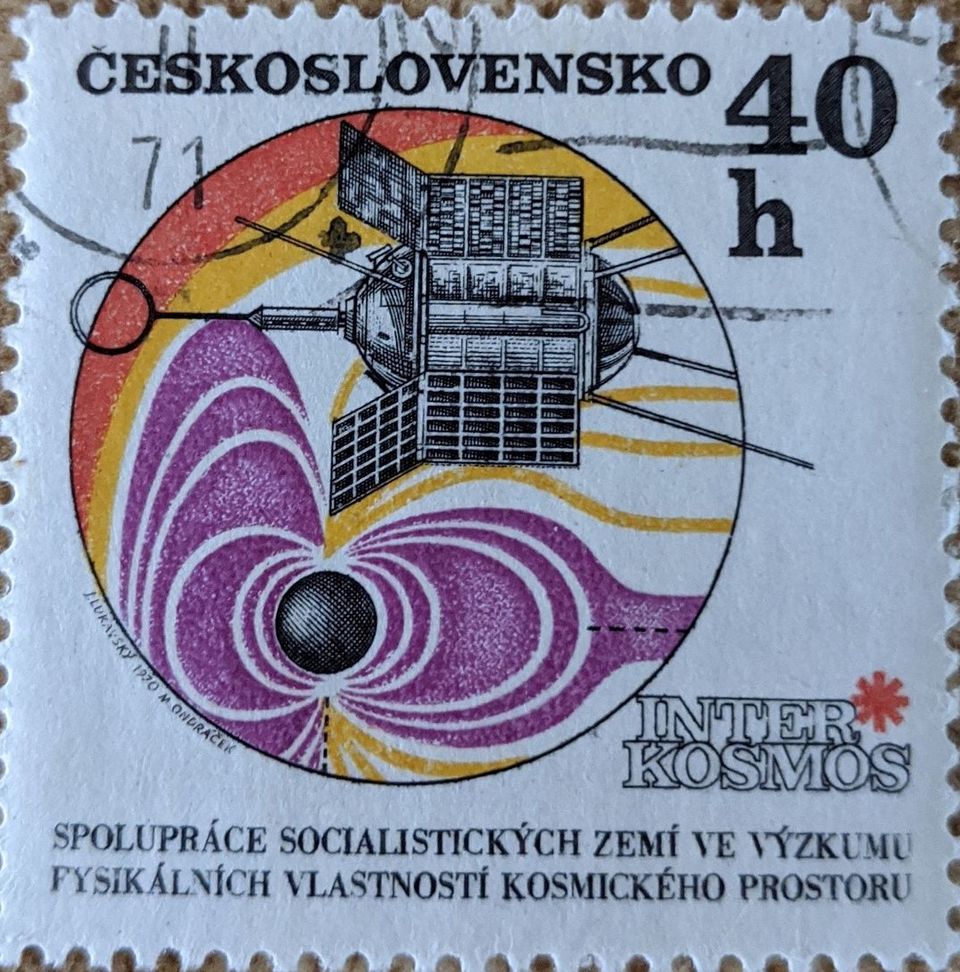Filling the DoD’s Blind Spot in Cislunar Space

According to this Breaking Defense post, the U.S. Air Force Research Laboratory (AFRL) will be developing a system that will be able to see activities occurring on the Moon’s backside (and around it). AFRL is calling the plan the CisLunar Highway Patrol System (CHPS--there is an image of the suggested architecture in the post).
China is the Only Reason
Why does the U.S. military need a networked remote sensing satellite system orbiting the moon? The post quotes an AFRL representative describing why the system is necessary:
“What we need to do is learn how we can keep track of those things because we have commercial operators and our peer competitors operating up there. So, we certainly need to maintain domain awareness,”
There are no active commercial operators on the Moon’s surface, so really, the cynical and probably honest answer is--China (the post’s article notes this as well). That nation landed a lander and a rover as part of the Chang’e 4 mission on the Moon’s far side. A communications relay satellite, Queqiao (which was accompanied by two research satellites, Longjian-1 and -2), also supports the mission. The problem--the U.S. can’t see what’s happening over there. Nor can it listen in on radio signals between the satellite and the rover.
Looking at the suggested CHPS architecture shows some of the issues and the solutions AFRL is attempting to bring forward. The architecture appears more complicated than most space systems the DoD has had to work with (which typically don’t go much past geosynchronous orbit).
Looking at (and Guessing About) a Few System Details
The first challenge is communications. The U.S. military can’t communicate with satellites beyond geosynchronous orbit. The U.S. does operate highly elliptical satellites with apogees higher than geosynchronous altitudes; however, those require dedicated, gimbaled, antennas placed in spots around the world.
CHPS architecture means it will probably need a global ground antenna architecture as well (I am unsure if NASA would be willing or able to share its deep-space communications network with something like CHPS). Those antennas will need to keep up with the “drunken dance” of a remote sensing satellite in cislunar space--especially if the U.S. wants a real-time stream (as real-time as possible, anyway, considering 1+ second delay due to distance) of data from the satellite. Another option that might prove less expensive--relay satellites in geosynchronous, or very high altitude, polar orbits, receiving and sending data from the CHPS satellite.
The satellite in CHPS may have to be semi-autonomous. Again, there’s a little bit of a time-delay at such long distances, which might amplify delays in the “tipping and cueing” capability mentioned in the CHPS image. The satellite would have to detect changes on and around the Moon and automatically decide whether those changes are worth a look. It would do this while sending streams of data back to U.S. operators on Earth.
While it’s not clear what types of sensors the CHPS satellites would be using, the words used in the chart describing their activities sound familiar. It seems to show there will be at least two types of sensor payloads onboard the CHPS satellite (kind of like SBIRS “starer” and “scanner” payloads). A “wide-area proximity search” sensor sounds slightly like it’s referencing the Commercially Hosted Infrared Payload (CHIRP). CHIRP was testing “wide field-of-view” technologies.
This kind of duality on payloads is typical for the latest batches of Space-Based Infrared System (SBIRS) satellites. In theory, one sensor scans the whole Earth in its field of view and cues the other sensor for a closer look when detecting something. In CHPS case, one sensor monitors the moon and the space around it all the time. When it sees something, that’s a cue for the satellite to point the other sensor (with better resolution) at the area. Of course, they could go the Google Pixel phone camera route, with everything, including high resolution pointing, being accomplished in software. But this is all guessing.
Is it Worth the High Expense?
In all, CHPS could become a costly system. There aren’t that many companies out there that have implemented working versions of whatever kinds of sensors will be on this satellite/these satellites. Those who have them are already working in other expensive space programs for the U.S. military. At the same time, the article notes that AFRL believes different, more exotic propulsion types will be required, as the typical transfer orbit route using upper stages or satellite electric propulsion will be too slow (which is true). The development of new propulsion doesn’t sound cheap.
Theoretically, the launch portion should be the least expensive part, but it depends on how committed the DoD is to ULA’s survival. Few rockets could lift a useful payload to cislunar space. If small satellites are used, then that might increase the DoD’s options for lift. Both of SpaceX’s rockets, the Falcon 9 and Falcon Heavy, could be used. Of course, ULA has its Delta IV Heavy and a few Atlas V rocket configurations.
All this money is spent on a system because the DoD is concerned about China’s potential activities on the Moon’s far side. Based on the DoD’s history with these types of space systems, and the history of the contractors the DoD selects typically, it will take longer to build and cost more than anyone is projecting.




Comments ()